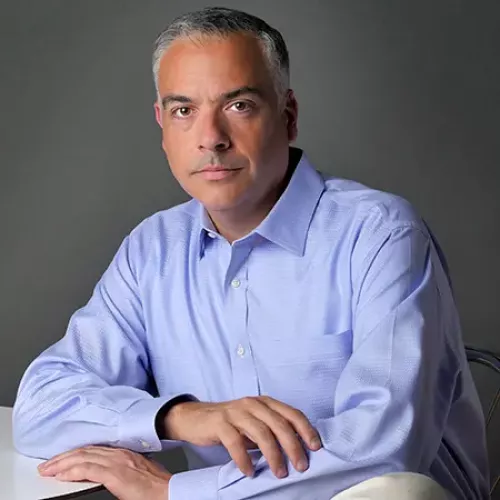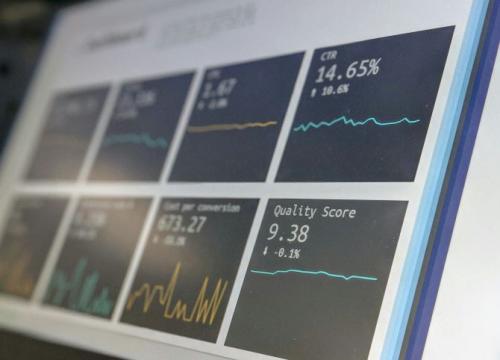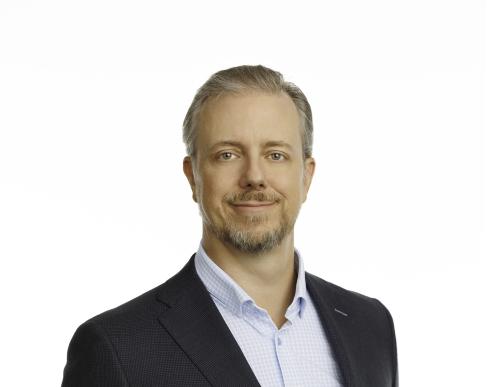Panelists at CII's spring conference discuss governance implications of shift in US firms’ approach to capital allocation
When it comes to uses of cash, investors are slightly schizophrenic about whether they prefer their portfolio companies to invest in the future or, in the current low-yield business environment, put their plentiful cash into dividends and share buybacks.
That was how moderator Theresa Whitmarsh introduced the opening plenary session of the Council of Institutional Investors’ spring conference, held in Washington, DC March 21-23. Whitmarsh is executive director of the Washington State Investment Board and newly elected chair of CII’s board, succeeding Michael McCauley.
US corporate tax policy has compelled most companies to opt not to repatriate revenues earned in foreign countries in order to avoid having to pay taxes on them. That has created a paradigm that George Zinn, corporate vice president and treasurer at Microsoft, called ‘a tale of two balance sheets,’ meaning that minus that treasure trove of unrepatriated cash, US firms actually have much less capital to invest than their financial filings indicate.
For example, Microsoft has slightly more than $100 billion permanently invested abroad, leaving just a couple of billion dollars in the US available to pay its bills. Consequently, the tech giant has become a net borrower in the US because its all-in borrowing cost of just under 2 percent is so much cheaper than the tax rate it would have to pay by bringing home cash earned overseas, Zinn explained. The depressed borrowing rate enables Microsoft to be able to afford to grow its dividend, which currently has a yield of 2.7 percent, he added.
‘The empirical evidence suggests there’s something different about [the capital allocation approaches] of R&D-intensive industries’ versus those that are less reliant on R&D spending, Zinn said.
Michael Mauboussin, managing director and head of global financial strategies at Credit Suisse, shared some insights from a study he oversaw that looked at capital allocation among the 1,500 largest US companies since 1980. One key finding is that over the last 10 years, the portion of cash on companies’ balance sheets spent on mergers and acquisitions and capital spending has dipped to 64 percent from 70 percent in 1980, while money spent on share buybacks has risen to 22 percent. Significantly, buybacks didn’t start to become a part of mainstream corporate finance until 1982, when the SEC added a safe harbor provision to the Securities Exchange Act of 1934, protecting companies from liability for 'manipulation' of their stock price via repurchasing stock.
When Credit Suisse studied sources of spending, it found that R&D was much more stable than spending on M&A and share buybacks, which tend to reflect economic cycles. Thirty years ago, the US government provided half of all R&D spending, whereas today the majority of it comes from companies, he said.
‘Asset lives in corporate America are shorter than they were 30 years ago and governance tends to align with asset lives,’ Maubousson said. But he thinks the argument that investors’ time horizons are shorter than they used to be doesn’t stand up to scrutiny, citing Amazon as an example of a company whose stock continues to perform strongly despite its modest profits and extensive capital spending.
Offering the institutional investor perspective, David Giroux, vice president and portfolio manager at T Rowe Price, said, ‘We like to see companies spend free cash flow in ways that are accretive to shareholders – buybacks and dividends.’ T Rowe Price favors firms that are committed to consistently repurchasing their shares over time rather than in fits and starts, he said. He also expressed his disapproval of spending on M&A deals, most of which tend to be unsuccessful, and his preference for metrics such as return on invested capital as a basis for gauging financial performance from a governance perspective.
The panelists also briefly exchanged ideas about the role of activist investors who, Giroux asserted, can force a target company to sharpen its focus on critical performance measures such as widening profit margins, while avoiding non-productive M&A investments. That’s what he says Trian Fund Management did for PepsiCo as the result of a two-year effort to get the company to spin off its beverages business from its snacks division. The enigmatic grin on the face of a member of PepsiCo’s management team, who happened to be sitting at my table, suggested she wasn’t convinced.








